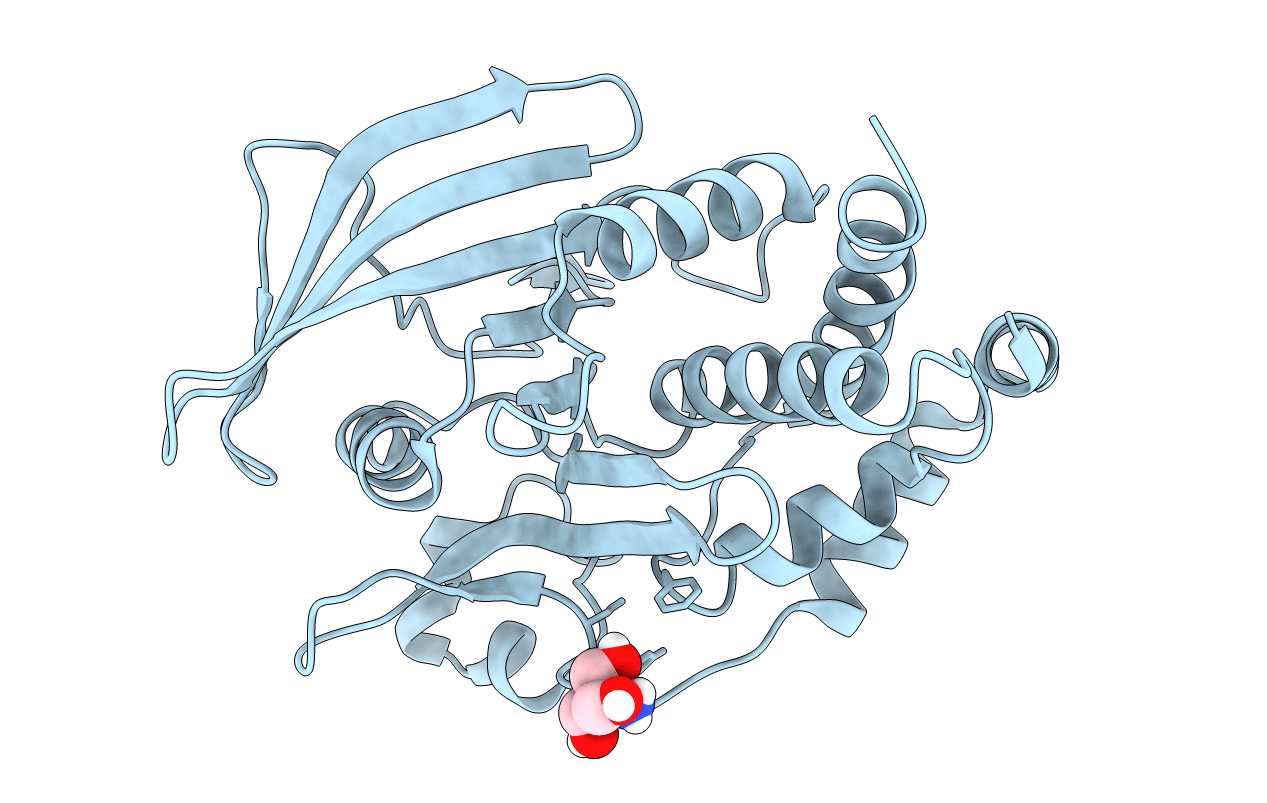
Deposition Date
2022-07-27
Release Date
2022-08-17
Last Version Date
2023-10-25
Entry Detail
PDB ID:
8DU7
Keywords:
Title:
Room-temperature serial synchrotron crystallography (SSX) structure of apo PTP1B
Biological Source:
Source Organism:
Homo sapiens (Taxon ID: 9606)
Host Organism:
Method Details:
Experimental Method:
Resolution:
2.40 Å
R-Value Free:
0.23
R-Value Work:
0.19
R-Value Observed:
0.19
Space Group:
P 31 2 1


